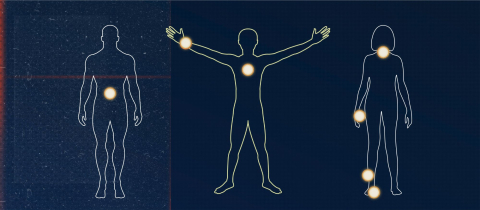The conservation of mass is one of the fundamental principles of chemistry. But it does merit a detailed look. The electric battery was invented in 1800 by the Italian Alessandro Volta who demonstrated its abilities in front of Napoleon who awarded him a gold medal for his work. Within weeks, chemists were passing electrical currents through everything to see what would happen. Water was an obvious target for their investigations and it quickly became apparent that it could be broken down into its components, namely hydrogen and oxygen through the passage of an electric current.
But what was happening here? In 1808, John Dalton finally provided an explanation not only for this "electrolysis," but for chemical reactions in general. Dalton was of course familiar with the work of great chemists like Priestley and Lavoisier, and knew about Lavoisier's classic experiments demonstrating that the products of a chemical reaction always had exactly the same weight as the reactants.
Dalton concluded that all matter was made up of tiny indivisible particles called atoms, and that chemical reactions involved only the rearrangements of these atoms. In other words, matter could not be created or destroyed, only changed from one form to another! That is the law of conservation of mass.
Dalton was an intensely religious man, devoted to his work with his only recreation being lawn bowling on Thursday afternoons. Some have suggested that it was the wooden balls banging into each other that gave him the idea of the atomic theory!
Want to comment on this article? Visit our FB Page!







